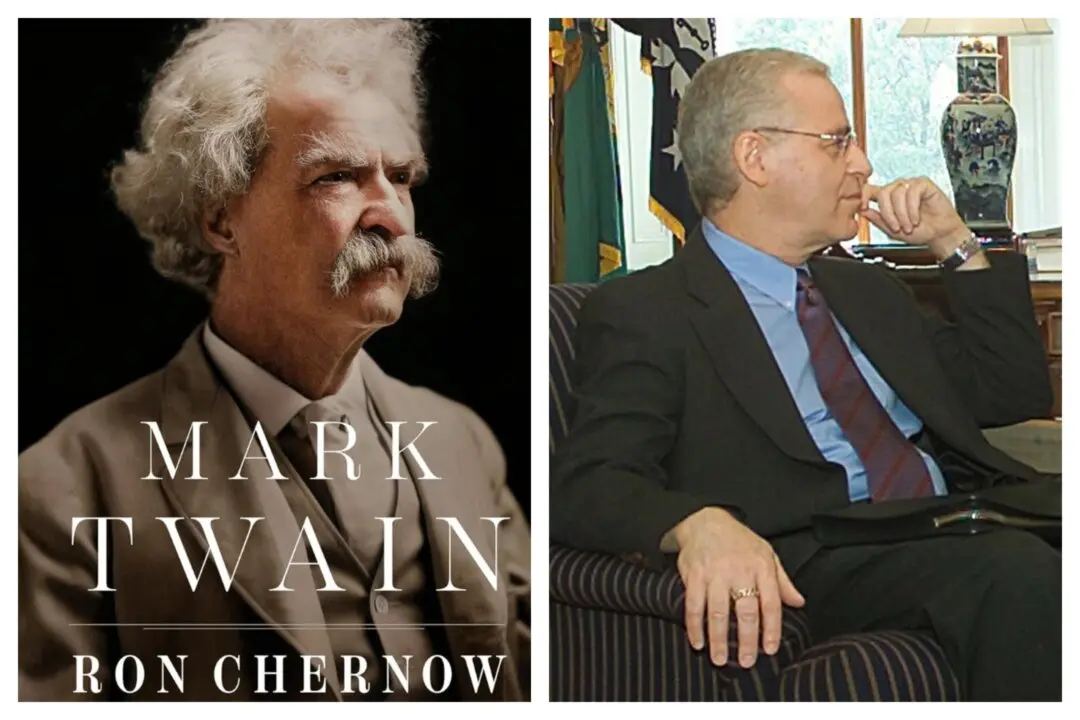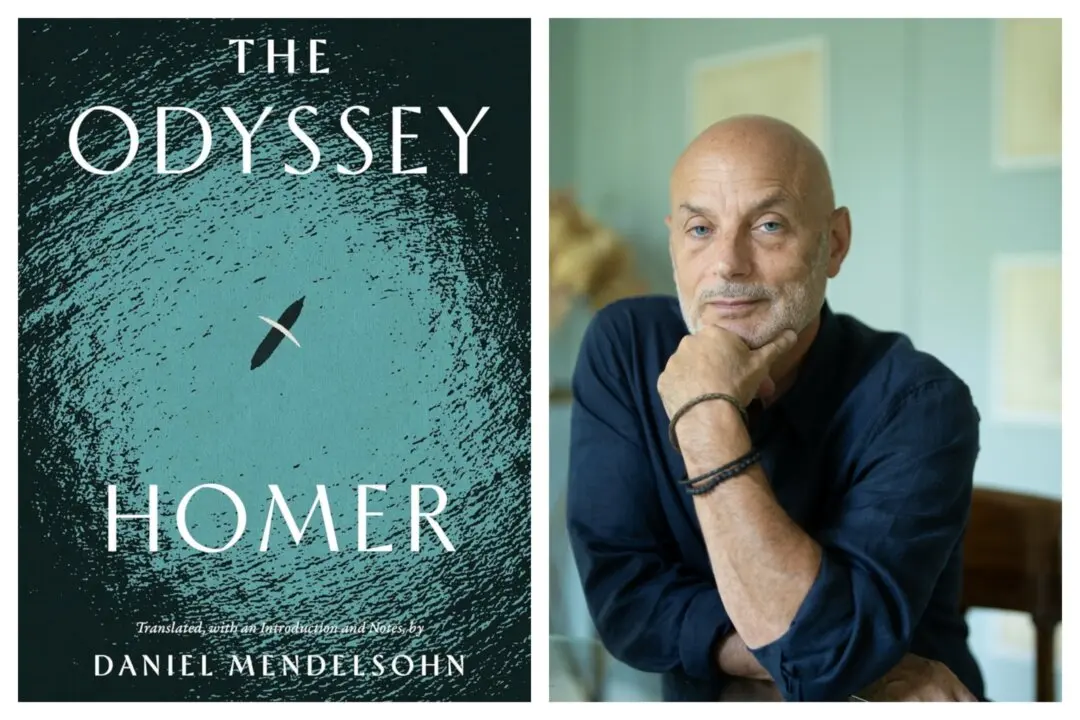Seventeenth-century politics in England, Scotland, and Ireland were a mess, and, at times, a bloody mess. The previous century heralded the Protestant Reformation, which created a schism in the Catholic Church. Protestantism endured its own schisms. Differing views between the Episcopalians (England), Presbyterians (Scotland) resulted in conflict—conflict revolving around the idea of the divine right of kings.
James VI of Scotland (and later I of England) was the son of Mary, Queen of Scots, who endured imprisonment and an unsightly execution. Unlike his mother, who had been Catholic, James was Protestant (like his cousin, Queen Elizabeth I, the daughter of King Henry VIII). His reign in Scotland began in 1567 at one year old. He reigned over the country for 36 years before becoming king of England in 1603. His reign over both Scotland and England would last until his death in 1625.






